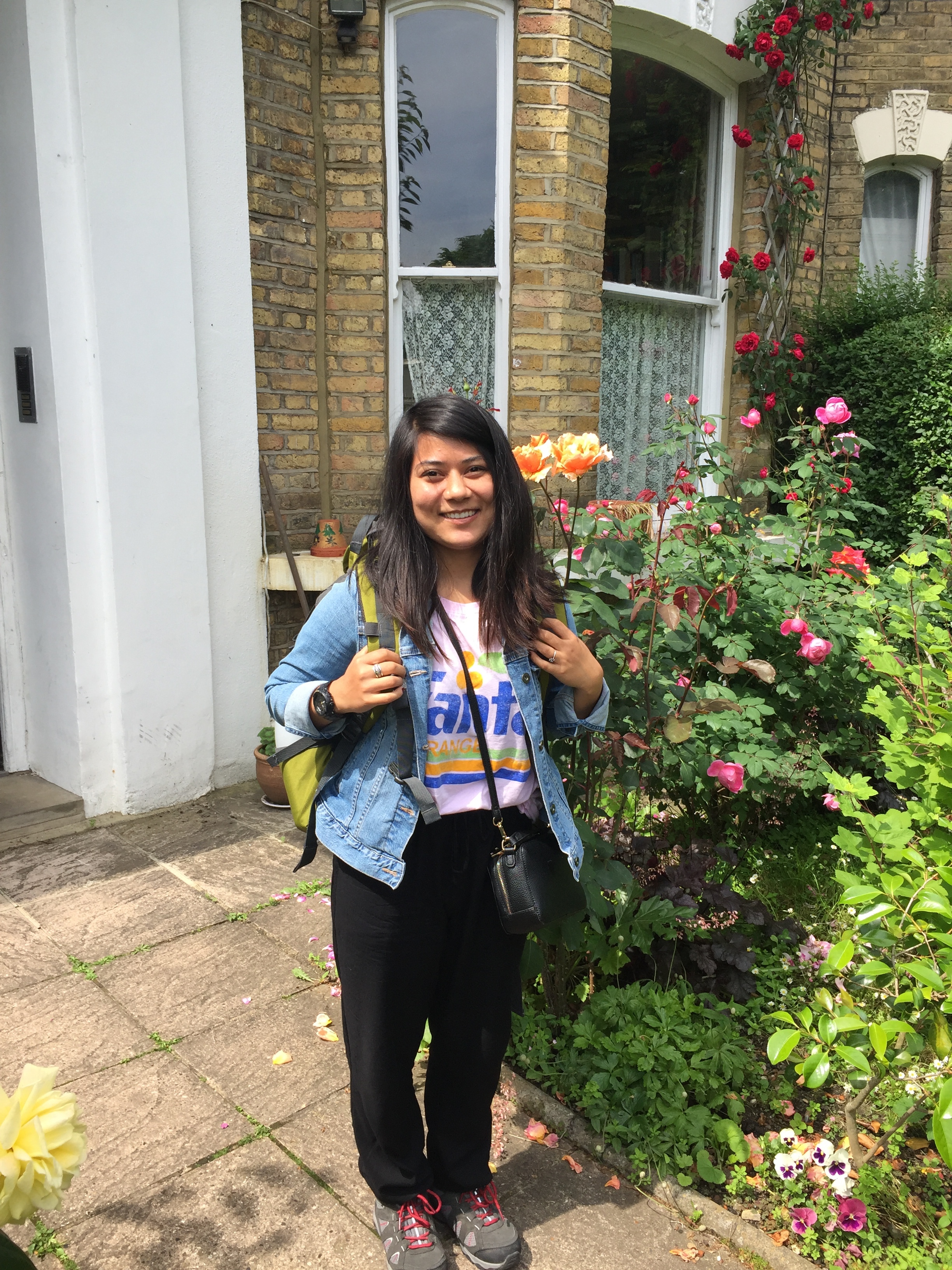Grantee Update: Deepak Johnson
Deepak Johnson is the 2019 Inlaks Research and Travel Grantee. With his grant he travelled to the Mekong Delta in Vietnam so that he could compare their rice production structures with those of systems in Kerala.
View from a bridge from the fieldwork site
Despite having similar agro-ecological and socio-economic contexts, rice production systems of Kerala State in India and the Mekong Delta in southern Vietnam have yielded very different outcomes in rice production over the last four decades. Vietnam, specifically southern Vietnam, and the State of Kerala in India share similarities in agro-climatic conditions, cropping pattern, and in land tenurial arrangements, particularly in the years of post-war development.
As compared to other Indian states, Kerala has high levels of human development making it a unique region in India. Similarly, Vietnam is distinguished among developing countries for its high levels of social and economic achievements. Particularly noteworthy, are the improvements Vietnam made in rice cultivation along with a movement of labour from agriculture to industry in the last three decades. The production of rice more than doubled in Vietnam in this period along with a three-fold increase in rice yields. Kerala too faced a structural change during this period, one aspect of which was a large scale migration to other parts of India and outside, particularly to the countries in the Middle East. However, there has been a decline in area under rice cultivation and rice production as well as stagnation in rice yields in Kerala, despite a public concern on preserving rice-cultivating land and various measures enacted by the state for improving rice production. My research interests lie in comparing both regions, understanding the best practices adopted by Vietnam in order to create viable systems of production in Kerala.
Rice fields in the Mekong Delta region, Vietnam
The first part of my study that concerns with the rice production in Kerala, was conducted in the first half of 2019 at the kole wetland region in central Kerala, a region with a history of rice cultivation. The second part of my study was conducted by visiting the Mekong Delta in Vietnam in the end of 2019 with the help of the Inlaks Research and Travel Grant. This experience exposed me to several detailed aspects of rice cultivation in the Mekong Delta region. I was based in the Mekong Delta Development Research Institute (MDI), Can Tho University, Vietnam and Professor Le Canh Dung from the Department of Socio-Economic and Policy Studies. MDI guided me in organising fieldwork in the Mekong Delta Region. During my three-month stay in Vietnam, my research collaborators and I conducted a household survey of selected 60 farmer households in An Giang province, one of the advanced rice-producing areas within the Mekong Delta. I gathered secondary sources related to development of agricultural production and conditions of rice production in the Mekong Delta region. I was also able to visit research institutes and interact with several researchers and administrators who worked in my area of interest.
I found some interesting similarities between Kerala and the Mekong Delta. For example, the system of collectively operated pump sets for irrigation and drainage of contiguous rice fields, use of machinery for farm operations like land preparation and harvesting, and the prevalence of piece-rated (non-daily rated) labour in undertaking several farm operations were quite alike. However, the differences between the two regions were also very striking. The key difference between the two regions is the differences in cropping intensity (number of rice-growing seasons). While rice is grown only in one season in Kerala, there are three rice-growing seasons in Vietnam. This implied that the rice farmers in Vietnam are able to obtain a much higher annual yield of rice than their counterparts in Kerala. In addition, the extent of state support for rice varied between the two regions. One of the major feature of incomes from rice production in Kerala is the direct state support, provided in terms of public rice procurement at a higher than market rate. While rice-cultivating households in Vietnam have high rice incomes in comparison to their poverty-level incomes, the price received by farmers is relatively lower than Kerala. The direct state support seemed limited. However, the indirect state support, particularly in the form of investments in irrigation infrastructure in the past, contributed partially to increase rice incomes as farmer households were able to realise a third cropping season for rice due to this.
Friends and collaborators, Can Tho City, Vietnam
The detailed field-level data that I have collected for rice-cultivating households bring out the differences in components of costs of cultivation and factors that influence incomes from rice production in the two regions. I am examining these differences for my PhD dissertation along with the various institutional arrangements, technological advancements, and state policy that characterise the two regions, which I believe to have significant effect on rice production. My visit to Vietnam helped me to obtain a comprehensive view of rice production in the Mekong Delta and shape my thoughts to undertake a comparative study.
I am grateful to the Inlaks Foundation for the grant and to the collaborators from Vietnam, especially friends and staff members from the Mekong Delta Development Research Institute, Can Tho University, for their help and support during my stay in Vietnam.
Cover photo: A paddy transplanter from a research institute, Mekong Delta, Vietnam









